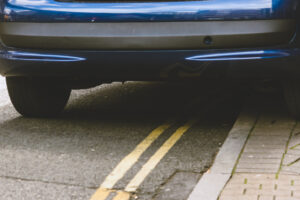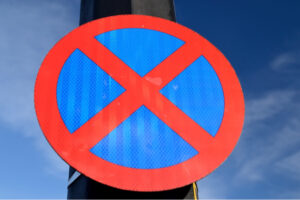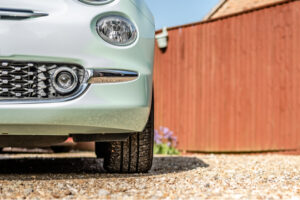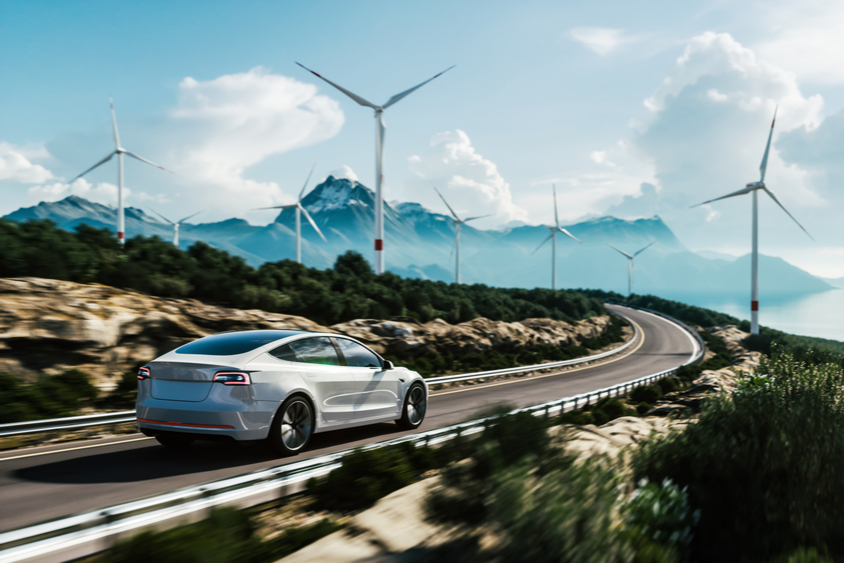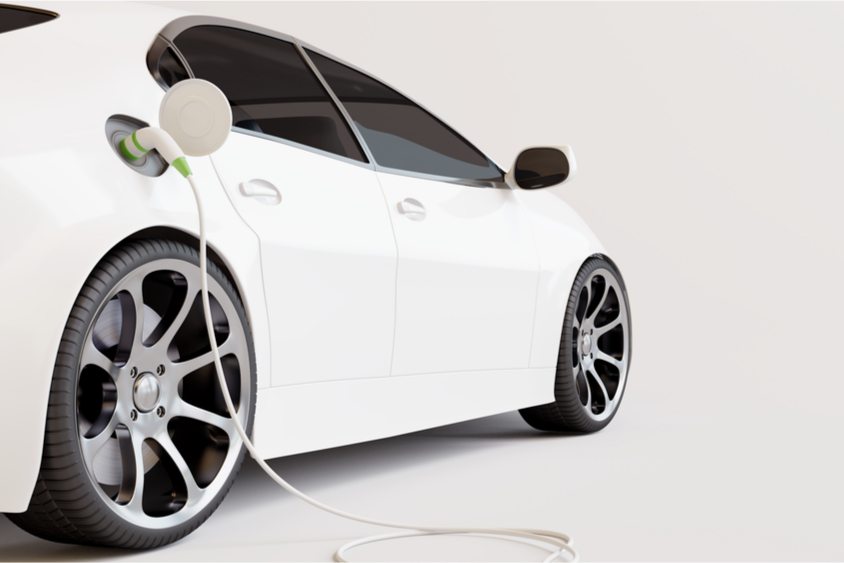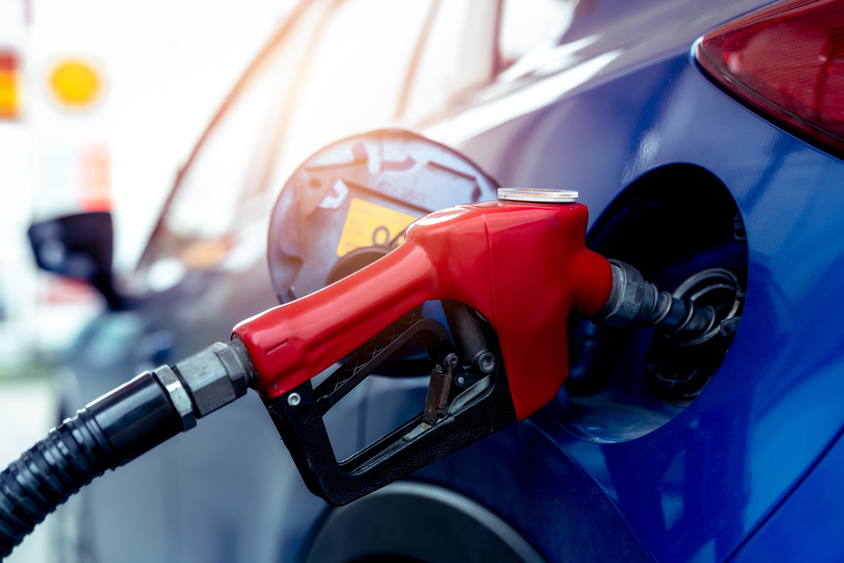Many businesses use drivers to make deliveries. Whether it’s food or parcels, the UK lockdowns saw the rate of deliveries increase quite dramatically. With more drivers making deliveries, this means more cars need to park on our roads.
Therefore, businesses should know what rules exist that dictate where their drivers may or may not park. After all, drivers can’t guarantee that they’ll find a dedicated car park – especially a free one!
Where you can and can’t park
According to the highway code, there are certain places that parking is not permitted except in extreme cases.
Double yellow lines
Drivers will of course be familiar with double yellow lines. Parking our waiting on these lines is forbidden at any time of day.
Blue badge holders are able to park on a double yellow for a maximum of 3 hours, providing there is no signage that indicates otherwise. Specific circumstances may allow loading or unloading on a double yellow as long as you are seen to be cautious. However, the rules regarding when you can and can’t load on a double yellow are somewhat vague – you may wish to encourage your drivers to avoid doing this just in case.
A parking fine of £70 is typically given to drivers who have parked on a double yellow. However, this is often reduced by 50% if the fine is paid within two weeks. Either way, this is not something businesses will want to deal with!
Clearways
A road with a blue and red sign indicates that stopping is not permitted in any case at any time, including blue badge holders. This road is a clearway, which means exactly what it says – keep the way clear!
These signs are often accompanied with additional information such as “for the next 5 miles”. There won’t be specific road markings like a double yellow line in on a clearway, so drivers must keep an eye out for these signs.
Double red lines
In some areas of the UK, you’ll see red lines instead of yellow. They are being introduced into cities such as London and Leeds to improve the flow of traffic.
Just like the double yellow, these lines indicate that stopping is prohibited at any time.
Pedestrian crossings
Of course, parking on a pedestrian crossing is not permitted as it would obstruct access for people crossing. The zig-zag white lines leading up to the crossing must also be kept clear, as parked cars would risk obstructing a pedestrian’s view of the road.
Single yellow line
There are plenty of places on UK roads that drivers are permitted to park on at specific times of the day. One example of this is a single yellow line.
A single yellow line on a road indicates that you should not park on it. However, this restriction is often lifted outside of certain times. Often, you’re able to park on these lines in the evening or at the weekend. Should you need to park on a single yellow line, look for nearby signs that will indicate when you are permitted to do so.
Much like the double yellow, blue badge holders are able to park on single yellows for up to 3 hours as long as it is safe to do so, and the signage does not say otherwise.
Outside someone’s house
Whilst the residents of the house might not be happy about it, the law states that you are perfectly within your right to park outside someone’s home. Residents do not automatically get the right to park on the road in front of their home.
However, if a driver parks in front of a driveway and blocks someone in, this could be a violation. The local council potentially has the power to move the parked vehicle.
How to park on the road safely
The highway code gives drivers some tips on parking on the road properly:
- Park as close to the curb as possible
- Apply the handbrake, and switch off the engine and any lights
- Don’t park against the flow of traffic
- Ensure valuables are not visible in the vehicle
- Don’t park too close to a vehicle that is displaying a blue badge
If the road on which you are parked has a speed limit of 30mph, parking lights must be left on to avoid other drivers colliding with your parked vehicle.
Additional places drivers cannot park
As well as places on the road marked by lines or signs, there are also a few places outlined by the Highway Code that drivers must not stop in, unless forced to by traffic or an emergency.
- Near a school entrance
- Anywhere that prevents access for emergency services
- A bus, taxi or tram stop
- Near the brow of a hill
- On a lowered curb
- On a bend
However, the wording of these rules in the Highway Code states that drivers “should not” park in these places. This creates a bit of legal ambiguity as to whether parking in these places is a crime, but parking fines can still be issued by local authorities if this guidance is ignored.
How can Fuel Card Services help?
We can’t find parking spaces for your drivers, but we can make sure they’re being safe out on the road! Our telematics service, Tele-Gence, helps fleet managers to track the whereabouts of their drivers, as well as reports on their driving behaviour.
If one of your drivers were to park somewhere they shouldn’t, you’ll be able to see it on the Tele-Gence software.
Tele-Gence can also be paired with your fuel card account. Whether you’re already a fuel card customer or a fleet manager looking to cut the cost of their operations, we’ve got the tools for you.


